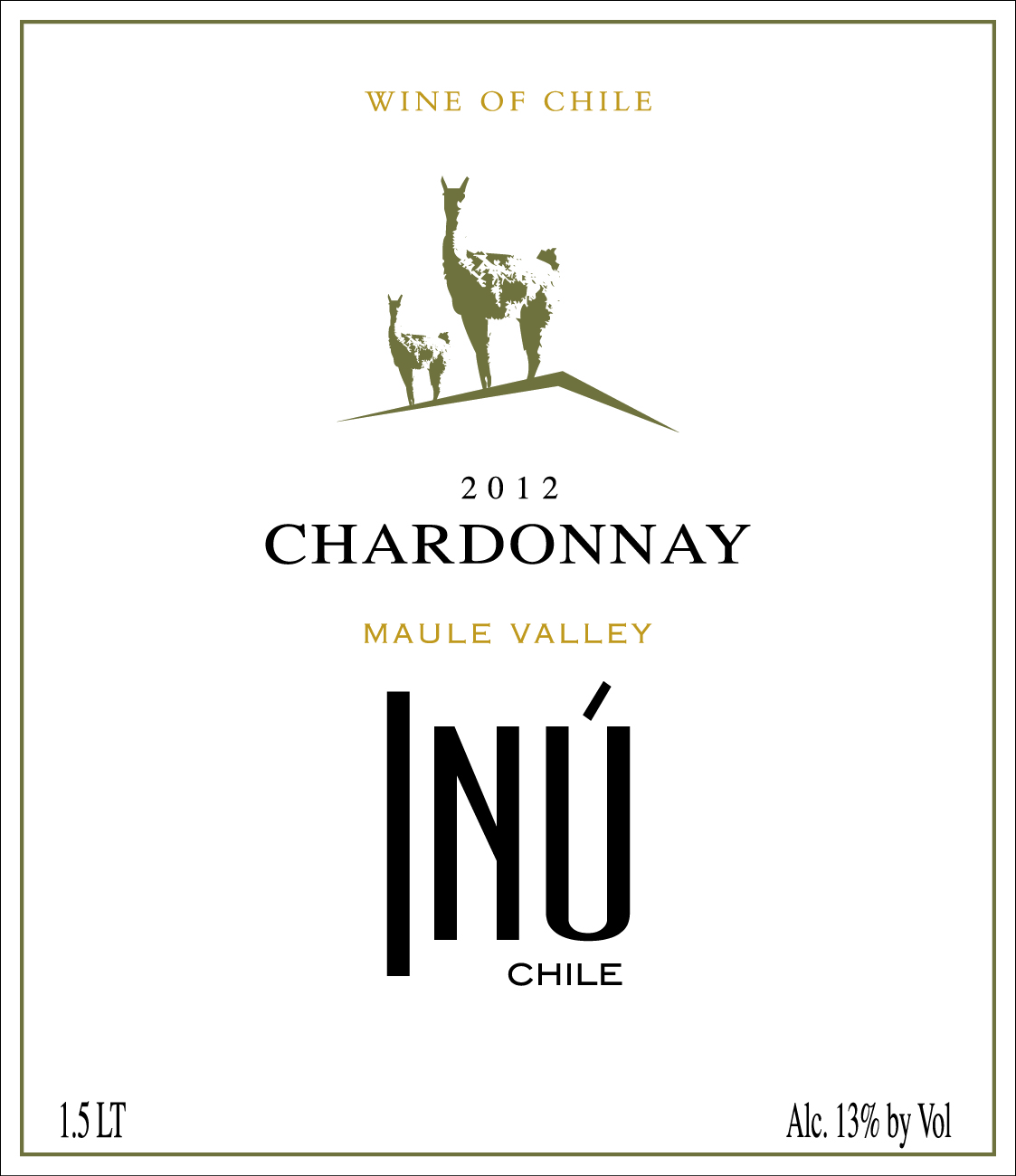2012 Maule Valley Chardonnay
The Inú Chardonnay from the esteemed Maule Valley is a delightful representation of this renowned varietal, showcasing a full-bodied character that captivates the palate with its luscious texture. This white wine exhibits a high level of acidity, providing a bright and refreshing profile that enhances its food-friendly nature. The fruit intensity is pronounced, revealing stunning flavors of ripe stone fruit intertwined with subtle notes of lemon zest and pear. With its dry finish, this Chardonnay offers a well-balanced experience, making it a perfect companion for a variety of culinary delights. The 2012 vintage exemplifies the quality and craftsmanship of the region, ensuring that each sip is a celebration of Maule Valley's exceptional winegrowing heritage.
The Inú Chardonnay from the esteemed Maule Valley is a delightful representation of this renowned varietal, showcasing a full-bodied character that captivates the palate with its luscious texture. This white wine exhibits a high level of acidity, providing a bright and refreshing profile that enhances its food-friendly nature. The fruit intensity is pronounced, revealing stunning flavors of ripe stone fruit intertwined with subtle notes of lemon zest and pear. With its dry finish, this Chardonnay offers a well-balanced experience, making it a perfect companion for a variety of culinary delights. The 2012 vintage exemplifies the quality and craftsmanship of the region, ensuring that each sip is a celebration of Maule Valley's exceptional winegrowing heritage.




